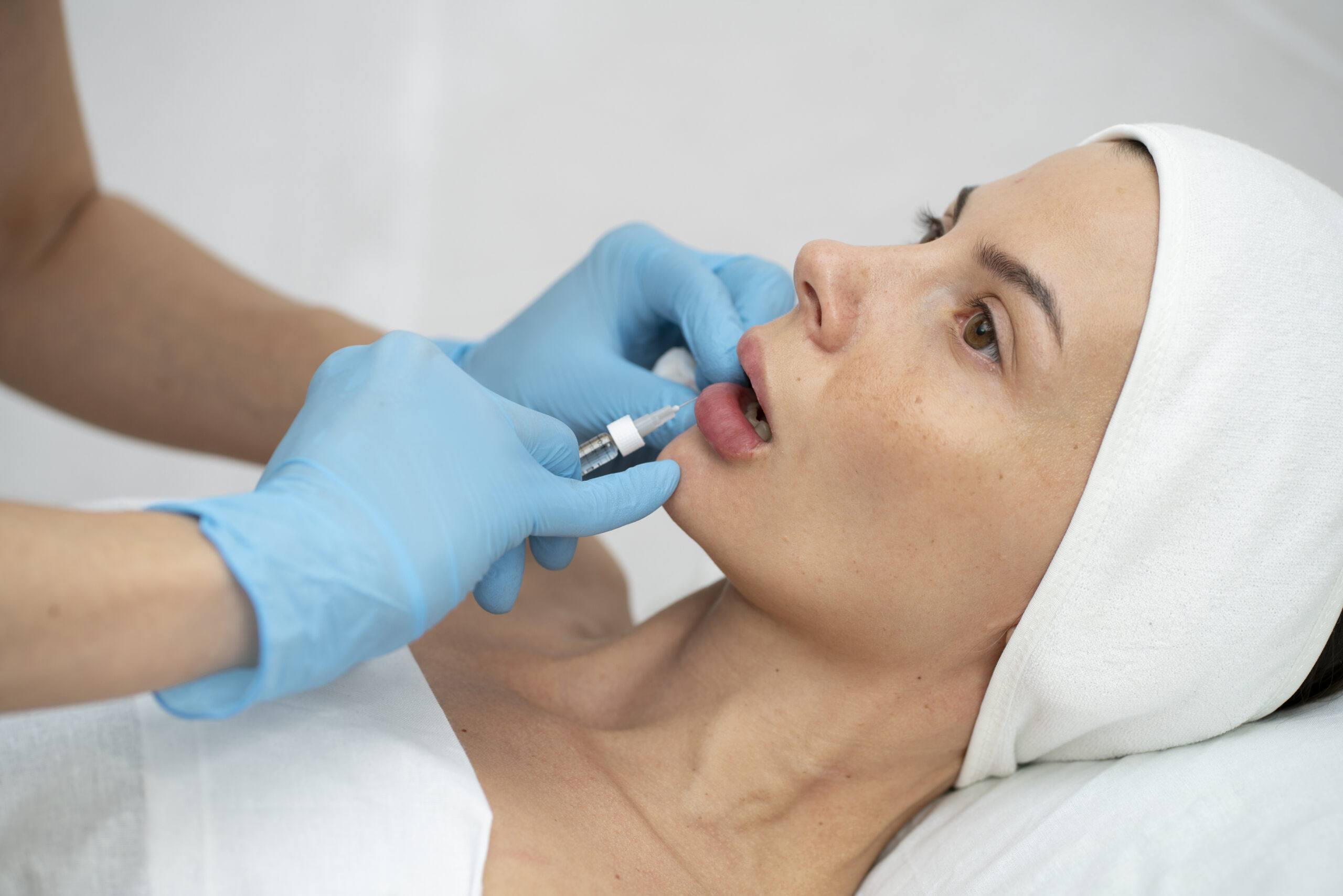Lipase testing has become an essential diagnostic tool in modern healthcare due to its vital role in diagnosing various gastrointestinal, pancreatic, and metabolic disorders. With the lipase enzyme market growing at a 5% CAGR from 2024 to 2032, the demand for precise and efficient lipase testing solutions is anticipated to follow suit. This rise reflects the increasing focus on early detection and the prevention of diseases related to abnormal lipase levels. As the lipase enzyme plays a crucial role in fat metabolism, testing for its activity offers critical insights into pancreatic health, making it indispensable in clinical diagnostics.
Why Is Lipase Testing Important?
Lipase testing is crucial for identifying abnormalities in lipid metabolism. Lipase is an enzyme that hydrolyzes fats into fatty acids and glycerol, a necessary process for fat absorption in the small intestine. Elevated or reduced lipase levels may indicate a variety of health conditions, some of which are life-threatening if not diagnosed early:
- Pancreatitis:
- Acute or chronic pancreatitis is one of the most common conditions linked with abnormal lipase levels. An elevation in lipase levels signals inflammation or damage to the pancreas, which, if left untreated, can lead to complications like pancreatic necrosis or sepsis.
- Cystic Fibrosis:
- Patients with cystic fibrosis often exhibit pancreatic insufficiency, where lipase levels are abnormally low. Early diagnosis through lipase testing can lead to appropriate enzyme replacement therapy, improving patient outcomes.
- Gallbladder Disorders:
- Gallstones or other gallbladder diseases can also cause abnormal lipase levels, making lipase testing an important tool for diagnosing and monitoring such conditions.
- Liver and Kidney Diseases:
- Abnormal lipase levels may also be indicative of issues with liver or kidney function, as these organs play a role in the metabolism and excretion of lipase from the body.
Importance of Preventive Diagnostics:
Preventive healthcare is gaining prominence as early diagnosis of enzyme-related disorders can prevent the progression of diseases into chronic or life-threatening stages. With rising health awareness and improved healthcare infrastructure globally, lipase testing is seeing widespread adoption in both hospital and outpatient settings.
Key Market Drivers and Growth Factors
1. Rising Prevalence of Digestive Disorders:
- As modern lifestyles lead to unhealthy eating habits, the incidence of digestive disorders, such as pancreatitis, gallstones, and gastroesophageal reflux disease (GERD), is on the rise. The need for lipase testing is directly proportional to these conditions as lipase levels serve as a primary marker for pancreatic and digestive health.
- Data Insight: According to the World Health Organization (WHO), digestive disorders affect nearly 20% of the global population, which translates to an expanding patient base for lipase testing.
2. Technological Advancements in Diagnostic Tools:
- Diagnostic technology is undergoing a transformation, with significant advancements in enzymatic assays, biosensors, and point-of-care devices. Automated lipase testing systems, which offer high throughput and rapid results, are becoming increasingly common in both hospital laboratories and research institutions.
- Advanced Techniques: Newer techniques such as colorimetric assays, fluorometric assays, and biosensor-based diagnostics are enhancing the accuracy and sensitivity of lipase testing, which in turn reduces diagnostic errors and false negatives.
3. Expanding Lipase Enzyme Market:
- Beyond healthcare, the lipase enzyme is extensively used in industries like food processing (e.g., dairy), biotechnology (e.g., biofuel production), and pharmaceuticals. The rising demand for lipase across these sectors is creating a ripple effect in the diagnostic market, necessitating regular testing to ensure enzyme efficacy and safety, especially in pharmaceutical applications.
- Food and Beverage Impact: Lipase is crucial for improving the texture and flavor of cheese and other dairy products, driving testing requirements for quality control in the food industry.
Challenges in the Lipase Testing Market
1. High Costs of Advanced Diagnostics:
- While automation and technological advancements are driving innovation, they also contribute to the rising costs of diagnostic tools. The pricing of sophisticated lipase testing kits can be prohibitive, especially in developing countries where healthcare budgets are limited. These regions may still rely on traditional diagnostic methods, limiting the penetration of high-tech lipase testing solutions.
- Cost Factor: In regions like Sub-Saharan Africa and Southeast Asia, the cost of modern lipase testing is a significant barrier to widespread adoption.
2. Regulatory Hurdles and Standardization Issues:
- Another significant challenge is the lack of uniform regulatory standards for lipase testing. Different countries have varying guidelines for the approval and standardization of diagnostic tests, leading to discrepancies in test accuracy and reliability across regions.
- Regulatory Compliance: In highly regulated markets like North America and Europe, diagnostic tests must meet stringent guidelines set by agencies such as the FDA or EMA, making it difficult for new entrants to introduce lipase testing products without undergoing costly compliance processes.
Key Players in the Lipase Testing Market
Here’s a closer look at the contributions and strengths of the key players shaping the lipase testing market:
- Creative Biomart Inc.:
- Strengths: Specializes in providing enzyme-based research products, including lipase testing kits for clinical and laboratory use. Creative Biomart’s focus on research-grade products makes it a preferred supplier for academic institutions and pharmaceutical R&D departments.
- Recent Developments: The company has expanded its product offerings by introducing high-throughput lipase assays that can handle large sample volumes, meeting the needs of both clinical diagnostics and research labs.
- LifeSpan BioSciences, Inc.:
- Strengths: Known for its extensive portfolio of enzyme-linked immunosorbent assays (ELISAs), LifeSpan offers reliable lipase testing tools that are widely used in healthcare and diagnostics.
- Recent Investments: LifeSpan has invested in expanding its global presence, particularly in emerging markets like Asia-Pacific, where demand for diagnostic tests is growing.
- Fitzgerald Industries International:
- Strengths: Specializes in producing high-quality enzyme-based products, including lipase testing kits tailored for clinical and research applications. The company has built a strong reputation for supplying reliable and accurate diagnostic tools.
- Strategic Moves: Fitzgerald recently entered strategic partnerships with leading biotech firms to enhance its product distribution in Europe and North America.
Trending Developments in the Lipase Testing Market
1. Mergers and Acquisitions (M&A):
- The diagnostics industry is witnessing a surge in mergers and acquisitions as companies look to enhance their market share and product portfolios. Consolidation is creating opportunities for companies to expand their reach, introduce new lipase testing products, and access new markets.
- Example: Companies like Thermo Fisher Scientific have been active in acquiring smaller diagnostic firms, enhancing their diagnostic offerings, including enzyme-based testing kits like lipase assays.
2. Artificial Intelligence (AI) in Diagnostics:
- The integration of AI in diagnostic tools is a key trend in healthcare. AI-powered platforms are being developed to analyze test results more efficiently and accurately. In lipase testing, AI-driven systems can help reduce errors, automate result interpretation, and enhance diagnostic accuracy.
- AI Applications: AI-driven software can process large datasets from lipase assays, identifying patterns and offering more accurate diagnoses for conditions like pancreatitis or cystic fibrosis.
3. Rise of Point-of-Care Testing (POCT):
- Point-of-care testing for lipase is gaining traction in emergency rooms, outpatient clinics, and even at-home care. These portable devices allow healthcare providers to conduct lipase testing at the patient’s bedside, offering rapid results that can aid in immediate diagnosis and treatment.
- Market Impact: POCT devices are expected to play a significant role in driving market growth, particularly in regions with limited access to full-scale diagnostic laboratories.
Future Market Outlook
The lipase testing market is poised for significant growth in the coming years, with a projected CAGR of 5% between 2024 and 2032. Emerging technologies, such as AI and point-of-care diagnostics, will continue to push the boundaries of testing efficiency and accessibility. In particular, regions like Asia-Pacific and Latin America are expected to experience the highest growth rates due to improving healthcare infrastructure and rising awareness of preventive healthcare.
- Key Opportunity: Emerging markets, where digestive disorders are on the rise, offer significant potential for the expansion of lipase testing technologies. Companies investing in affordable, scalable testing solutions tailored for these regions are likely to benefit the most from this growth.



